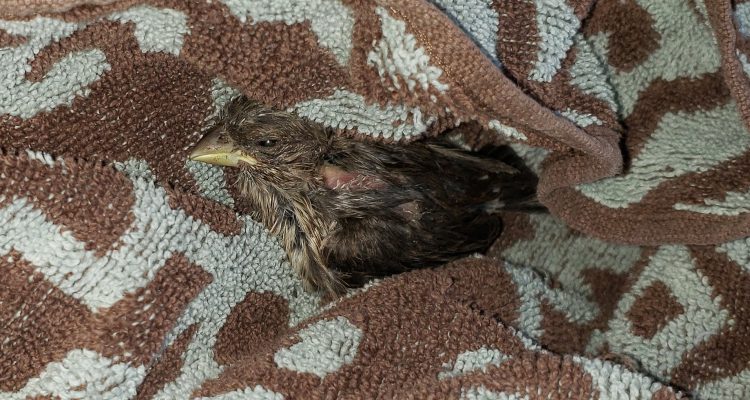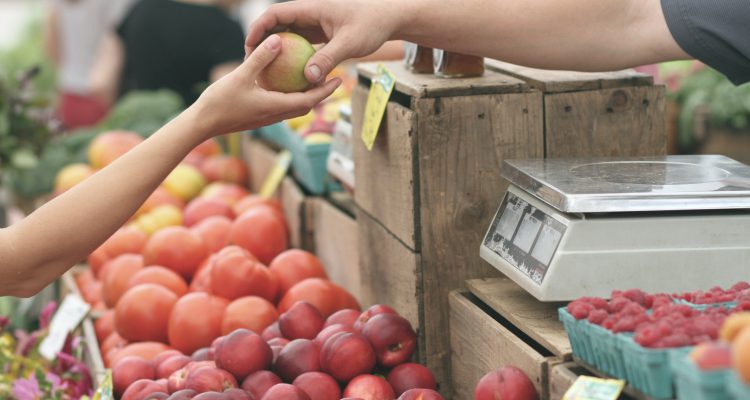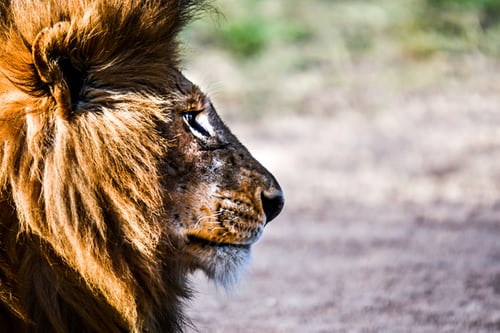What I’ve Learned Failing at Gardening
 Trending once again in are modern society is an important tool that most people should learn in order to survive through an apocalypse, gardening, or in other words growing one’s own food. This is not a new trend by any means but now has made its way back around the bend due to people wanting to be independent from their local grocery stores and adapting sustainable methods to eat their dinner from products straight from their own backyard. I think this is a great way to not only reduce your carbon footprint but comes with the knowledge of knowing where your food is grown. However, I must admit, I suck at gardening. I see all these celebrity Instagram photos and influencers beautiful large produce growing out the wazoo and cannot help but compare them to my shriveled garden that is melting in the Texas heat. It is frustrating and I have faced many failures. Below are a couple things I had to learn and have failed at through my gardening experience:
Trending once again in are modern society is an important tool that most people should learn in order to survive through an apocalypse, gardening, or in other words growing one’s own food. This is not a new trend by any means but now has made its way back around the bend due to people wanting to be independent from their local grocery stores and adapting sustainable methods to eat their dinner from products straight from their own backyard. I think this is a great way to not only reduce your carbon footprint but comes with the knowledge of knowing where your food is grown. However, I must admit, I suck at gardening. I see all these celebrity Instagram photos and influencers beautiful large produce growing out the wazoo and cannot help but compare them to my shriveled garden that is melting in the Texas heat. It is frustrating and I have faced many failures. Below are a couple things I had to learn and have failed at through my gardening experience:
- Material Cost
Starting a garden can be costly, especially if you are trying to do a raised garden bed. When we went through are first year of gardening, we had to purchase at least 36 bags of soil in order to fill the bed. The beds themselves can also cost a couple hundred dollars depending on what size, material, and quantity. The garden bed we ended up purchasing we got for less due to reward points but originally cost almost $200. You can do a ground bed but need to make sure that the soil is aerated and contains enough nutrients for your plants to thrive. Mixing the soil with compost can help obtain a balance. Of-course that does not include the cost of plants which can vary depending on the season and source. Sometimes there are local meet ups where growers will trade seeds or there may be a friendly coworker who has plants to spare from their garden. That is how we ended up with some tomato plants growing in the bed.
- Space for Gardening
Something every gardener should know and always keep in mind is what plants they are wanting to grow, because every plant needs different space which can limit what you can grown in your garden bed successfully. Are dream developed into a desire to grow pumpkins which as we learned need a tremendous amount of space that most sold garden beds do not have the dimensions for. My partner ended up building a custom bed in order to have enough space and even than the couple pumpkins filled the bed and were competing.
- Know Your Climate
I think we should all take the time to recognize that no matter how hard we nurture a plant, sometimes they still die due to not having the drought tolerance or adaptiveness to the cold to survive in the areas we live. This has been a hard lesson this year as are plants are sulking in the back with no water due to water restrictions from high heat. I am thankful are lucky one potato plant is thriving through this chaos. We wanted to grow strawberry plants which would have not survived due to the required abundance of water that is not available. It is better to grow what is local to that environment rather then force plants that most likely will turn into compost for other plants.
- Pests
Last year we had planted some tomatoes, squash, zucchini, and Brussel sprouts that were doing well until caterpillars and little bugs called aphids starting destroying their leaves. They were accompanied by little grubs that would bury in the soil and eat holes into the roots until the plants started dying off. I had a coworker suggest using eggs shells around the soil surrounding the stocks of the plants so the caterpillars could not easily get on the plants. It did help aid the plants in making a comeback but I do recommend planting flowers or other plants that attract their natural predators such as lady bugs. Doing this at the time of planting may save your squash from the agony that our squash sadly went through. Planting flowers will also encourage pollinators to come around more often and pollinate your flowering vegetables like squash and pumpkins.



5. Dedication
The biggest lesson I have learned is that you truly reap what you sow. If you take the time to trim, weed, and water your garden then it may turn successfully fruitful. If not, your garden bed can turn into a rotting pile of weeds and dead plant corpses quickly. If you are the person that wants to have plants that require no attention and you can leave on the window seal for a month, gardening is not for you. Just from being sick almost a week and not attending to the garden gave the Bermuda grass the advances they needed to take the bed hostage. Gardening is not for everyone, and buying from local growers/farmers is just as powerful and impactful as growing with your own hands.
As I stare at the pictures and short videos of Carrie Under Wood and Oprah Winfrey’s gardens, I cannot help but feel a little bit envious wishing the garden in my backyard looked like theirs. However, I have gained knowledge and will continue to learn from my gardening fails in the hopes of one day having an abundance of veggies and fruits in the fridge directly from the vines outside my back door.
My Media links for More Posts on CodenameGreen:
Facebook:https://www.facebook.com/CodenameGreen-448026342048749/?ref=hl
Instagram:https://www.instagram.com/codenamegreen1/
YouTube:https://www.youtube.com/channel/UC2uyqOjfJaxdn4kVJPFYgjw



